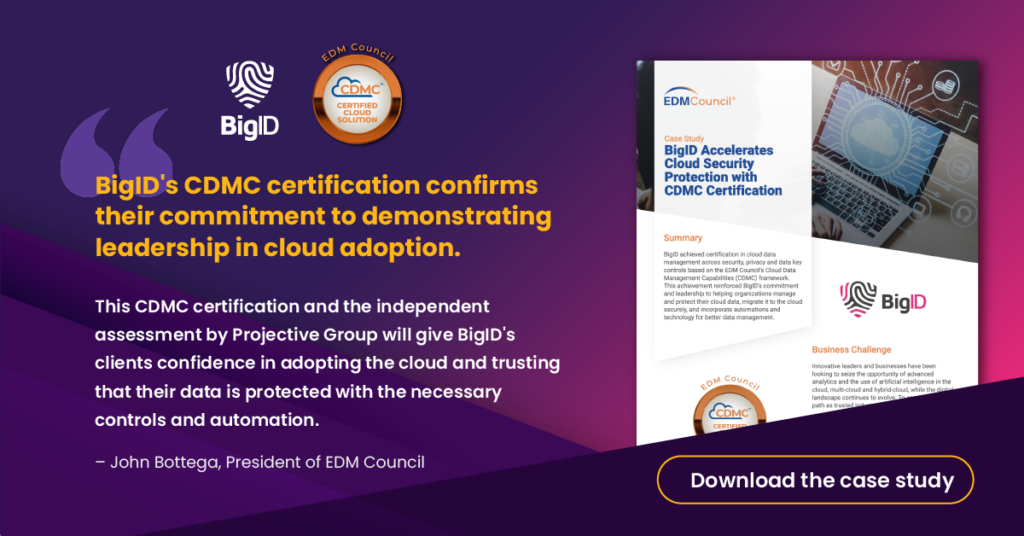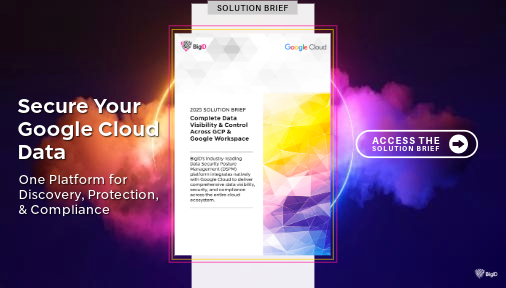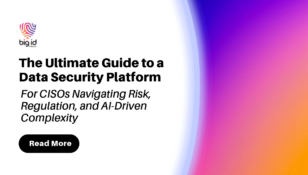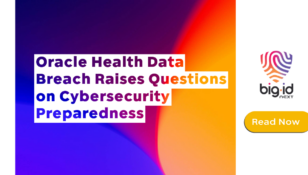Cloud Detection and Response: Enhancing Security Resilience

Mastering Cloud Detection and Response: Stay Ahead of Evolving Threats
Cloud Detection and Response (CDR) is becoming an essential security capability as organizations continue migrating their infrastructure, applications, and data to the cloud. Unlike traditional security approaches designed for on-premises environments, CDR is tailored to address cloud-specific threats, offering real-time monitoring, threat detection, and automated responses.
As cloud adoption grows, so does the attack surface. Cybercriminals exploit misconfigurations, identity-based attacks, and vulnerabilities in cloud-native applications. Without a robust detection and response strategy, organizations risk breaches that can compromise sensitive data, disrupt business operations, and damage reputations.
This article explores the meaning of CDR, its importance, how it works, the challenges organizations face, and best practices for implementing an effective CDR strategy.
What is Cloud Detection and Response (CDR)?
CDR is a security approach designed to detect, analyze, and respond to threats within cloud environments. It provides visibility into cloud workloads, applications, identities, and networks, allowing security teams to quickly detect anomalies and mitigate risks.
CDR solutions integrate with cloud service providers (CSPs) such as AWS, Microsoft Azure, and Google Cloud Platform (GCP) to continuously monitor security events, leveraging artificial intelligence (AI) and machine learning (ML) to analyze vast amounts of data for potential threats.
Why is CDR Important?
Cloud security threats are growing in complexity and volume. Traditional security tools often struggle to adapt to cloud environments due to their dynamic nature, scalability, and reliance on ephemeral workloads. Here’s why CDR is crucial:
- Expanding Cloud Footprint: As organizations adopt multi-cloud and hybrid cloud strategies, they need security solutions that offer unified monitoring across diverse cloud environments.
- Increasing Cyber Threats: Attackers leverage automation, AI, and cloud-based attack vectors to breach defenses, necessitating a proactive security approach.
- Regulatory Compliance: Many industries require organizations to maintain visibility and control over cloud data to comply with regulations like GDPR, HIPAA, and CCPA.
- Faster Incident Response: CDR enables rapid identification and containment of threats, minimizing potential damage and downtime.

How Does Cloud Detection and Response Work?
CDR solutions function through continuous monitoring, threat intelligence, analytics, and automated response mechanisms. The core components include:
1. Real-Time Visibility
CDR provides centralized visibility across cloud workloads, applications, APIs, and user activity logs. It integrates with cloud-native security tools like AWS CloudTrail, Azure Security Center, and Google Security Command Center to gather security-related events.
2. Threat Detection and Analytics
Using AI, ML, and behavior analytics, CDR solutions detect suspicious activities such as:
- Unauthorized access attempts
- Privilege escalations
- Unusual data transfers
- Misconfigurations exposing sensitive data
- Lateral movement within cloud environments
3. Automated Incident Response
When a threat is detected, CDR triggers automated workflows to contain the incident. For example:
- Revoking access for a compromised user account
- Isolating a workload exhibiting malicious behavior
- Triggering alerts for security teams to investigate further

4. Threat Intelligence Integration
CDR incorporates global threat intelligence to enhance detection accuracy. By analyzing known attack patterns, it can proactively block malicious activities before they escalate.
5. Forensic Investigation and Reporting
CDR tools offer forensic capabilities, enabling security teams to trace attack origins, analyze logs, and generate reports for compliance and post-incident reviews.
Challenges in Implementing CDR
While CDR is highly beneficial, organizations face challenges when implementing it:
- Lack of Skilled Personnel: Cloud security expertise is in high demand, and many organizations struggle to find qualified professionals to manage CDR solutions.
- Data Overload: Cloud environments generate massive volumes of security logs, making it difficult to filter relevant threats from false positives.
- Integration Complexities: CDR solutions must integrate seamlessly with existing security stacks, including SIEM, SOAR, and endpoint detection and response (EDR) systems.
- Multi-Cloud Security Gaps: Organizations operating across multiple cloud platforms face inconsistencies in security controls and visibility.
- Compliance and Privacy Concerns: Storing and analyzing cloud security data raises compliance issues, especially for organizations handling sensitive customer data.
Best Practices for Implementing CDR
To maximize the effectiveness of CDR, organizations should follow these best practices:
1. Adopt a Zero Trust Approach
Zero Trust security principles—such as continuous authentication, least privilege access, and micro-segmentation—reduce the attack surface and improve detection capabilities.
2. Enhance Cloud Security Posture Management (CSPM)
Organizations should proactively identify and remediate misconfigurations, weak IAM policies, and unprotected storage buckets to minimize risk exposure.
3. Leverage AI-Driven Analytics
AI and ML-powered analytics improve threat detection accuracy, reducing the burden of false positives on security teams.
4. Automate Incident Response
Using automation for incident response ensures rapid containment of threats, preventing breaches from escalating.
5. Establish Continuous Monitoring
Security teams should implement 24/7 monitoring with alerts to detect and respond to threats in real time.
6. Integrate with SIEM and SOAR
Integrating CDR with SIEM (Security Information and Event Management) and SOAR (Security Orchestration, Automation, and Response) enhances visibility and streamlines response workflows.
7. Conduct Regular Security Training
Human error remains a top attack vector. Security awareness training helps employees recognize phishing attempts, credential theft risks, and cloud misconfigurations.

Real-World Use Cases of CDR
Use Case 1: Detecting Insider Threats
A financial services company used CDR to identify a disgruntled employee attempting to exfiltrate customer data. Behavioral analytics detected unusual file access patterns, triggering an automated response to revoke access and prevent data theft.
Use Case 2: Stopping a Cloud Cryptojacking Attack
An e-commerce company noticed unexpected spikes in cloud compute usage. CDR identified unauthorized cryptocurrency mining activity, isolating the compromised workload and blocking further execution.
Use Case 3: Preventing Ransomware Spread in the Cloud
A healthcare organization experienced an attempted ransomware attack on its cloud storage. CDR detected the anomaly, shut down affected services, and initiated a rollback to a secure backup.
What Should a CDR Solution Offer?
A robust CDR solution should provide:
- Comprehensive visibility across cloud environments
- Behavior-based threat detection leveraging AI and ML
- Automated response capabilities for rapid incident containment
- Seamless integration with existing security tools
- Regulatory compliance support to meet industry standards
The Business Benefits of CDR
Organizations that invest in CDR gain:
- Improved Threat Detection with real-time visibility into security risks
- Faster Incident Response to mitigate damage and downtime
- Reduced Security Costs through automation and reduced manual efforts
- Stronger Compliance Posture by ensuring regulatory alignment
- Enhanced Cloud Security Confidence for businesses embracing digital transformation
Secure Your Cloud Environments with BigID Next
Embracing the cloud doesn’t have to mean introducing new risks. Adopting a comprehensive, data-centric approach to security can reduce your attack surface and better protect your organization’s most valuable assets.
BigID Next is the first modular data platform to address the entirety of data risk across security, regulatory compliance and AI.
With BigID Next organizations get:
- Complete Auto-Discovery of AI Data Assets: BigID Next’s auto-discovery goes beyond traditional data scanning by detecting both managed and unmanaged AI assets across cloud and on-prem environments. BigID Next automatically identifies, inventories, and maps all AI-related data assets — including models, datasets, and vectors.
- First DSPM to Scan AI Vector Databases: During the Retrieval-Augmented Generation (RAG) process, vectors retain traces of the original data they reference, which can inadvertently include sensitive information. BigID Next identifies and mitigates the exposure of Personally Identifiable Information (PII) and other high-risk data embedded in vectors, ensuring your AI pipeline remains secure and compliant.
- AI Assistants for Security, Privacy, and Compliance: BigID Next introduces the first-of-its-kind agentic AI assistants, designed to help enterprises prioritize security risks, automate privacy programs, and support data stewards with intelligent recommendations. These AI-driven copilots ensure compliance stays proactive, not reactive.
- Risk Posture Alerting and Management: AI systems introduce data risks that go beyond the data itself — and extend to those with access to sensitive data and models. BigID Next’s enhanced risk posture alerting continuously tracks and manages access risks, providing visibility into who can access what data. This is especially critical in AI environments, where large groups of users often interact with sensitive models and datasets. With BigID Next, you can proactively assess data exposure, enforce access controls, and strengthen security to protect your AI data.
Book a 1:1 demo with our experts today to see how BigID can streamline your cloud initiatives.













